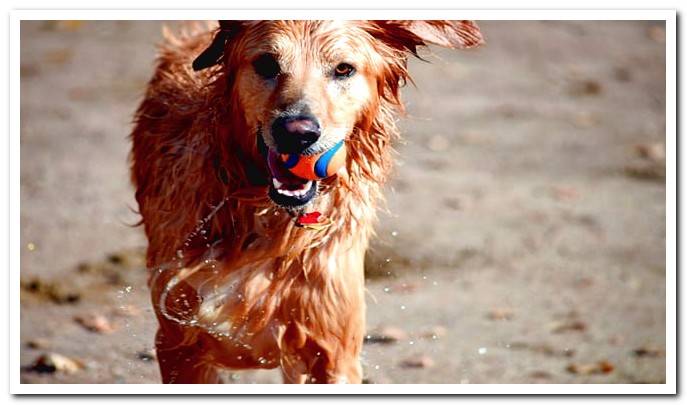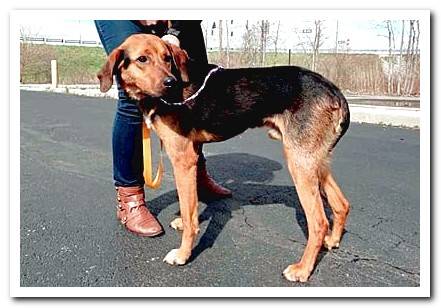
How to know when a furry feels uncomfortable, if he is calm or why he wags his tail non-stop? To understand canine behavior it is important to first understand how they communicate.
There are countless gestures and signs to decipher. Therefore, in this article we are going to give you the main keys to interpret the body language of dogs.
Different forms of canine communication
A dog communicates with its fellow beings through its body, barking and smell. It is no coincidence that his sense of smell is so developed, because this sense offers you a lot of information about other dogs and about humans.
Through their different ways of barking, the dog also expresses what he feels. When it does, the frequency, pitch, and duration can vary, with different meanings in each case.
However, it is their body language that will reveal the most information about their intentions, which are framed in a certain context.
To find out what he means, you must pay close attention and pay close attention to the signs of his three “Cs”: his body, his face and his tail.
What kind of signals do dogs send us and what do they mean?
When analyzing the signs of the rich gestural “vocabulary” of dogs we distinguish between:
- Signs of submission. When a dog wants to show submission, a whole set of gestures and sounds that are characteristic of this state can be identified. At the body level, he will lie on the floor, where he will remain very still. His ears will be thrown back and he will avoid at all costs the frontal gaze, which can be interpreted as a challenge. Sometimes it will also lie down, showing its most vulnerable part.
- Signs of dominance. If the dog wants to show superiority over another congener, it will advance its head with its chin high. Its ears and tail will be steep, sticking out the chest and with the arched spine. This is his way of saying “here I rule.”
- Indicators of fear. They are part of the so-called agonistic signals, which include those expressions related to confrontation or struggle. When a dog is scared, its tail is tucked between its paws, protecting its genitals, its head down, its ears tucked up and its back hunched.

- Want to play If a furry wants to have fun, he will also express this intention through affiliative signals, which are those related to affection, interaction and socialization. A dog will let you know right away that it wants to play with you because it won’t stop still and won’t stop wagging its tail trying to get your attention. He will romp, bark and show an evident state of agitation, entangling himself between your legs and bending the front half of his body in a typical gesture known as “play bow”.
- Samples of anger. On the other hand, an irritated or angry dog could show aggressiveness if the situation is not redirected in time. In these cases the ears will be directed forward, with the tail raised, the gaze fixed on what it dislikes, the mouth very tense and the body inclined forward; You can also bake your teeth and growl or bark, with the fur on your back standing on end.
- Gestures to claim love. Our furry can ask us for pampering and caresses through his body language. If he is sad, he will come looking for you with his ears back. If he has them forward it is because he is happy but he wants you to give him more affection. In that case it will move the tail and raise the eyebrows. And, in case you still don’t get it, it can tap your snout or paws.
- States of stress. If the dog is nervous, we can identify some gestures indicative of this state. Sneezing and yawning are the most common, but far from the only ones; You may also sniff, scratch, shake, lick your nose, or even gnash your teeth. All with one purpose: to release the tension and stress you feel and to induce calm.
- Wellbeing or comfort behaviors. They appear when their survival needs are met and they feel safe and happy. This explains why they wallow in the grass, lie wide-legged and upside-down, or sleep in open spaces rather than in a corner. Unlike the other signs, these expressions do not have a conscious communicative intention. They are simply a clear sign that they are comfortable and satisfied with their lives.
As you can see, dogs also “talk” to us in their own way and there is a great variety of genuinely canine gestures that make sense seen as a whole. Understanding them is essential to know how our furry feels and to know what needs he has. In this way, communication between the two will improve and the relationship you have will be strengthened.
Dogs communicate with us all the time, so tell us: which gestures or signals from your four-legged companion are the ones that catch your attention the most? What are the bodily expressions that you reproduce most frequently? We love reading your comments!
